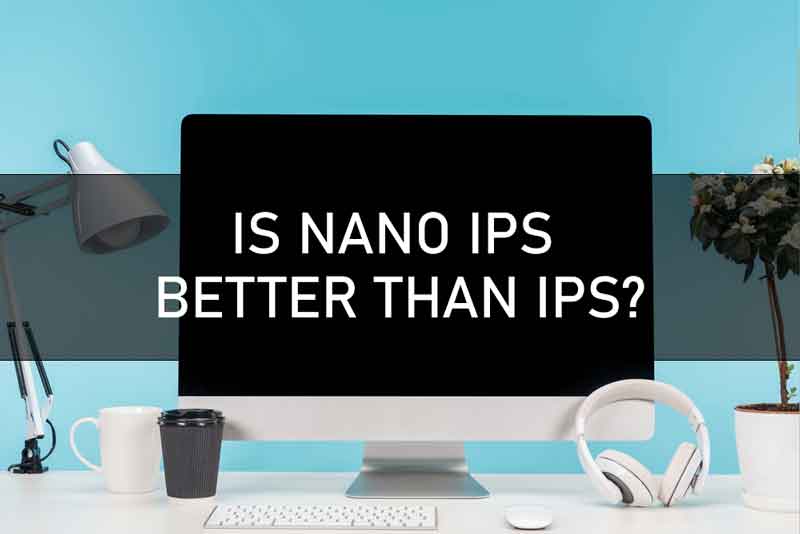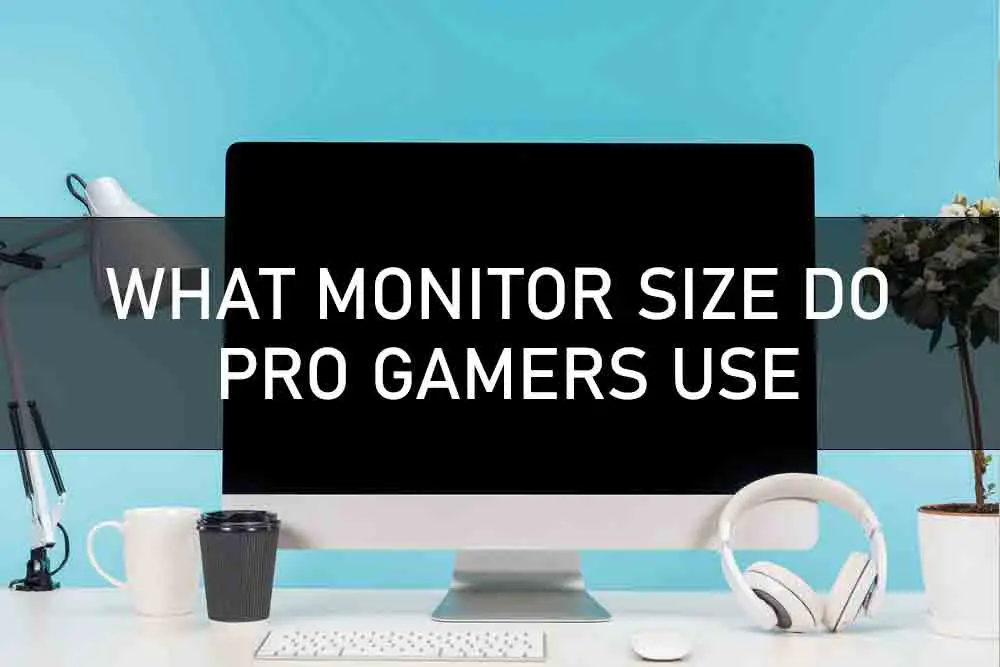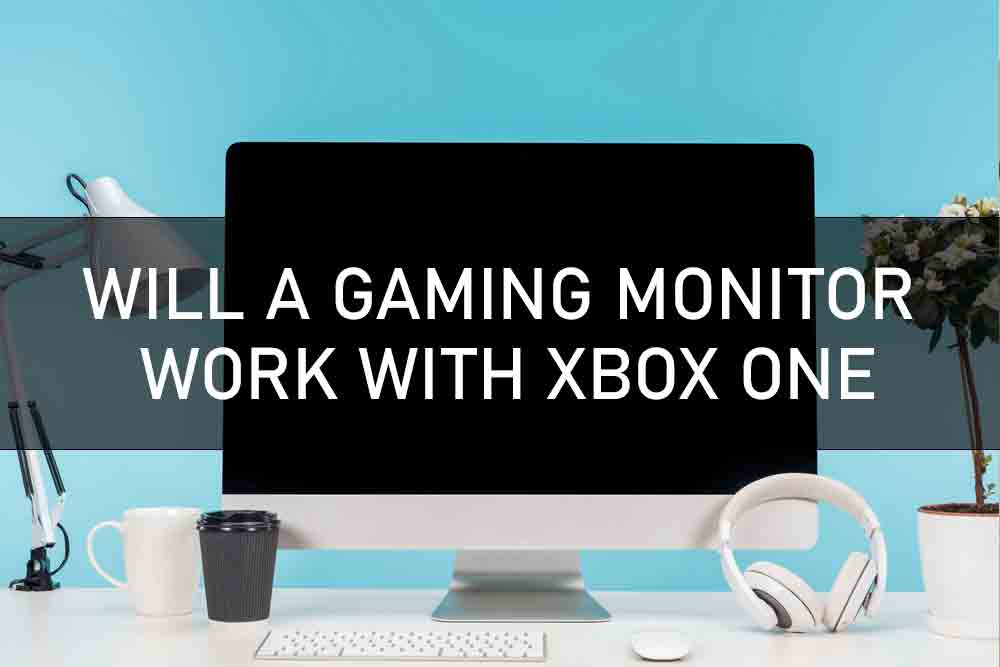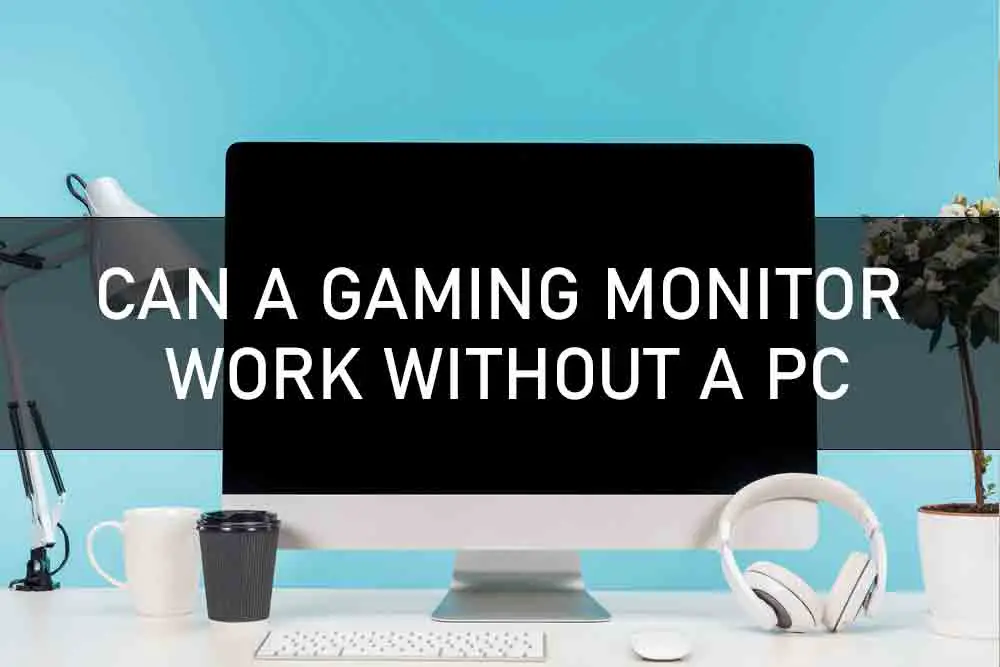IPS is the current king of IPS, but it’s about to be dethroned by Nano IPS. Hear me out on this one!
Is Nano IPS Better than IPS? There is no definitive answer to this question as there are a variety of factors that can affect the quality of an image on a display. Some of the key factors that can influence image quality include the type of panel used (IPS, VA, TN), pixel density, viewing angle, and backlight type.
That said, generally speaking, IPS panels tend to produce better-quality images than VA or TN panels due to their wider viewing angles and more accurate color reproduction. However, TN panels are typically faster and have higher response times than IPS panels, making them better suited for gaming and other fast-paced activities.
What Is IPS Display Technology?
IPS is short for In-Plane Switching. It’s a display technology that was developed by Hitachi in the 1980s as a new method for liquid crystal displays (LCDs). IPS became widespread on smartphones, tablets, and TVs as it offers enhanced viewing angles, better color reproduction, and superior response times compared to other LCD technologies.
How Do IPS Work?
An LCD monitor consists of layers. These layers stack on top of each other to create the screen. Layers can either be transistors (active matrix), electrodes (passive matrix), or polarizing filters, which are combined to produce a liquid crystal cell that produces an electric field when voltage is applied. Liquid crystal cells control the orientation of polarized light and the intensity of the backlight.
TFT active matrix applied in IPS technology, TFT is a transistor composed of a semiconductor covered by an electrode. The two electrodes sandwiching the semiconductor are insulated from each other by an oxide layer made of aluminum or indium tin oxide (ITO). An electric field is applied across the TFT layer by applying a voltage to the transistor. This in turn controls the orientation of liquid crystals, which affects how light passes through them.
What Is Nano IPS Display Technology?
Nano IPS display technology is a “next-generation” variation of the traditional In-Plane Switching (IPS) panel. While IPS panels have been around for decades, LG Display claims to have made significant improvements to the technology.
According to LG Display’s official press release, Nano IPS panels offer gamers and consumers superior images compared to regular IPS panels. Their explanation states:
“LG Nano IPS technology enables Ultra HD LCD panels to deliver the ultimate in picture quality by improving upon every weakness of traditional IPS panels, including a response time speed 1.8 times faster and a level of contrast (1,000:1 contrast ratio) double that of previous IPS displays.”
How Do Nano IPS Work?
Nano IPS is an enhanced version of IPS that successfully addresses the main problems with the older IPS technology.
The first problem it fixes is relatively high response time, which can negatively impact gaming performance. The Nano IPS technology ensures display responsiveness 1.8 times faster than regular IPS panels.
Nano IPS also increase contrast levels by using a “nano” sized barrier to more precisely control the movement of liquid crystals. This allows for a 1,000:1 contrast ratio, which is double that of regular IPS panels.
The third issue it addresses involves color reproduction. The new Nano IPS display offers “wider-than-ever viewing angles,” which means colors are easily identifiable even when looking at the screen from an angle.
Additionally, the Nano IPS monitor offers great picture quality and accuracy with its “advanced color reproduction abilities.” LG Display claims to have corrected problems such as color deviations and reduced brightness by implementing a superior TFT structure and optical design.
One of the most crucial factors in picture quality is how accurately colors are displayed on the screen. The Nano IPS display manages to produce 98 percent of the Adobe RGB color spectrum, which means that this display covers a much wider range of colors compared to traditional LCDs.
Nano IPS are not only limited to Ultra HD TVs, it can also be applied to tablet PCs and gaming monitors.
LG Display is targeting gamers with the use of their Nano IPS technology in gaming monitors. They plan to help gamers choose the best device for competitive online games.
The company claims to have designed an innovative monitor with reduced input lag for a smooth, real-time response while playing video games on a PC or console. The display also supports AMD FreeSync technology, which allows for smoother frame rates to reduce tearing and judders.
Does Nano IPS Technology Make a Difference?
In short, yes. The improved response time and contrast ratio alone would be enough to give Nano IPS technology an advantage over traditional IPS panels. But this is just half of the story since LG Display has also made claims about the color reproduction capabilities of their Nano IPS displays.
According to LG, Nano IPS technology offers superior color reproduction with 97% of the Digital Cinema Initiatives (DCI) standard and an 85% coverage of the Adobe RGB color space.
Nano IPS vs IPS – Pros & Cons Of Each
A major selling point of Nano IPS panels is their speed. The technology offers a 1.8-times faster response time (1ms GTG), making it ideal for fast-paced games and content. It’s also better suited for watching video since there’s no worrying about blurring or ghosting that could result in discomfort.
Both IPS and Nano IPS panels offer superior color reproduction with wide viewing angles. IPS technology can reproduce 90% of the sRGB spectrum, making it ideal for professionals who need highly accurate colors when editing photos or videos. However, this is only very marginally better than OLED (at 100%) and the DCI-P3 standard (at 97%).
Both technologies have a contrast ratio of 1,000:1 and 4-screen split modes. The only major downside to IPS technology is its slow response time (which can be as much as 20ms). But as long as the viewer isn’t an avid gamer, this should not pose too much of a problem.
LG Display has stated that Nano IPS technology is already being used in their 21:9 UltraWide monitors. LGD has not yet disclosed whether it will be making its debut with the company’s new 4K OLED TVs which are set to launch later this year.
Nano IPS vs IPS – Which Is Better?
At the moment, there doesn’t seem to be any definitive answer to the question of which display technology is better. TFTCentral has done extensive testing of IPS and Nano IPS panels, but their tests reveal that they are simply too close to call.
Keep in mind, Nano IPS has only recently been introduced by LG Display so there isn’t enough data available for conclusive claims about its superiority. In the future, more thorough testing of Nano IPS technology will be done and we might then have a more definitive answer to this question.
What Is Samsung Quantum Dot Technology?
Samsung, one of the leading LCD manufacturers, also announced their new TV technology known as a quantum dot. It is very similar to Nano IPS in its basic principle, but rather than being an evolution of IPS technology it relies on a completely different concept altogether.
Instead of applying a voltage to liquid crystals which then alter the orientation of light through them, in a quantum dot display, light-emitting nanocrystals known as quantum dots are used in a backlight system. When the crystals emit light of varying wavelengths it creates different colors. This system gives TVs a much greater color gamut and enables them to be very bright when needed. Samsung has stated that their new QLED technology will be able to reproduce 100% of the DCI-P3 color space, making it ideal for watching 4K content.
How Does the Nano IPS Compare to Other Gaming Monitors?
In the context of other gaming monitors, Nano IPS technology is a step up from other panel technologies. For instance, TN panels have a response time of 1ms but their color reproduction and viewing angles are far inferior to IPS technology.
Nano IPS will be able to produce colors that could match or even exceed OLED. It should also provide superior viewing angles over VA panels, which are already considered the next best thing after IPS panels.
However, it’s worth mentioning that OLED monitors have already been used in gaming with great success. It is also unclear how Nano IPS will fit into niche gaming markets such as professional e-sports where fast response times are prioritized over color accuracy.
Nano IPS vs IPS (Display, Color Gamut, and other Features)
Display
IPS monitors are considered the gold standard for color accuracy. Due to their superior viewing angles, they can produce accurate colors regardless of how close or far you are sitting from them. However, Nano IPS do seem like it will be able to rival IPS panels in terms of color quality.
Nano IPS would also offer wide viewing angles and high contrast levels. The only downside is that Nano IPS panels will probably have slower response times than those on TN, VA, and some IPS panels.
Color Gamut
Nano IPS technology has been designed to match or exceed the DCI-P3 standard as well as OLED monitors. In comparison, some IPS displays struggle with achieving 100% of the sRGB color gamut, let alone extending beyond that.
In theory, Nano IPS panels should also be able to reproduce a much larger range of colors than VA or TN panels. Depending on the implementation and viewing angles, Nano IPS monitors may have a very noticeable edge over other panel technologies when it comes to delivering saturated colors.
Viewing Angles
Viewing angles are one of the main strengths of IPS panels. Nano IPS do not seem to have any significant advantage in this regard. However, where it has an edge is with contrast ratio which might be similar to VA technology. But keep in mind that VA panels can get much brighter than either IPS or TN panels. With Nano IPS there may not be a big difference in terms of how well the monitor performs when you are sitting close to it. Response Time
Nano IPS are very likely going to have a similar response time as current IPS panels. In high-end monitors, they usually range from 4ms to 6ms which is often considered enough for most gamers. Because Nano IPS are designed primarily for TVs, it is unlikely that they are going to have the fast response times of TN panels. However, this may not be an issue considering their primary target audience won’t primarily be playing games.
Other Aspects To keep in mind: Nano IPS does not seem like a replacement for OLED technology which can be considered best-in-class by offering almost perfect blacks, superior viewing angles, and outstanding color accuracy. In terms of cost, Nano IPS may be as expensive as OLED if not more so as it is a newer technology. It will take some time for manufacturers to design new displays that use this type of panel.
Is Nano IPS Good for Gaming?
Nano IPS are one of the most interesting new display technologies to come out recently. It has the potential to match or exceed OLED panels in terms of color quality while also offering superior viewing angles and contrast levels compared to current LCD monitors.
For gamers, Nano IPS does not seem like a viable alternative at this point as it has similar response times as IPS panels. They can be a good middle-ground for people who want higher color accuracy than TN monitors but at the same time do not want to invest in OLED just yet.
Conclusion
Nano IPS is a technology that has the potential to achieve great things. For now, it seems like they are going to be marketed as a premium alternative for gamers who want something better than TN displays but do not want to invest in OLED monitors right away.








